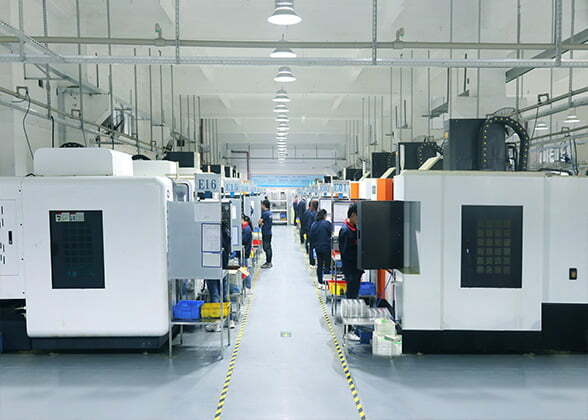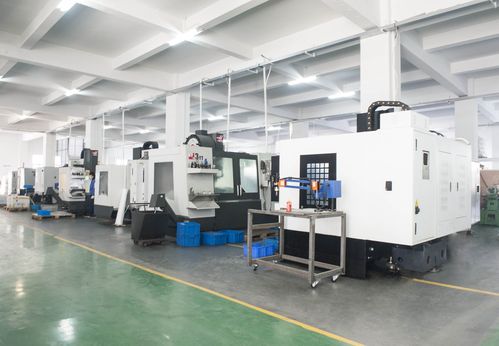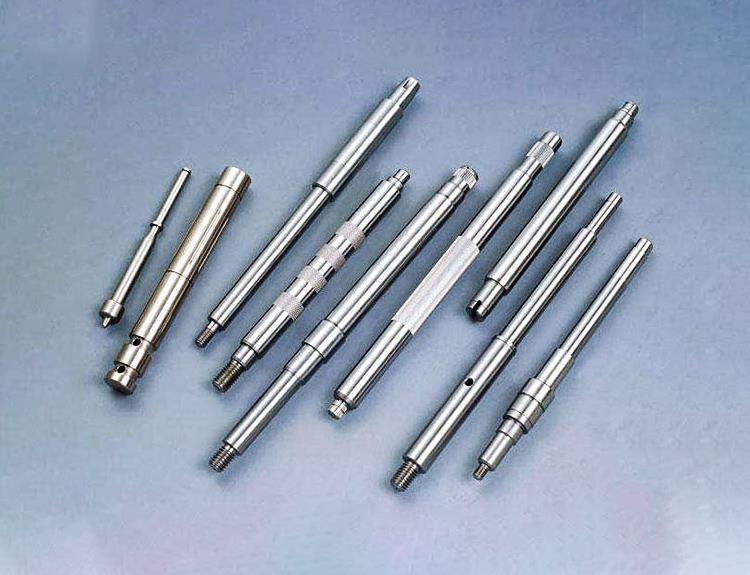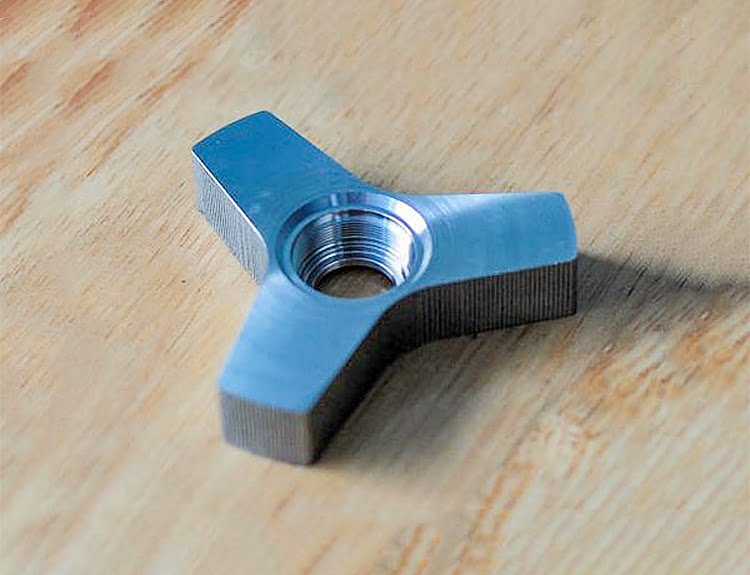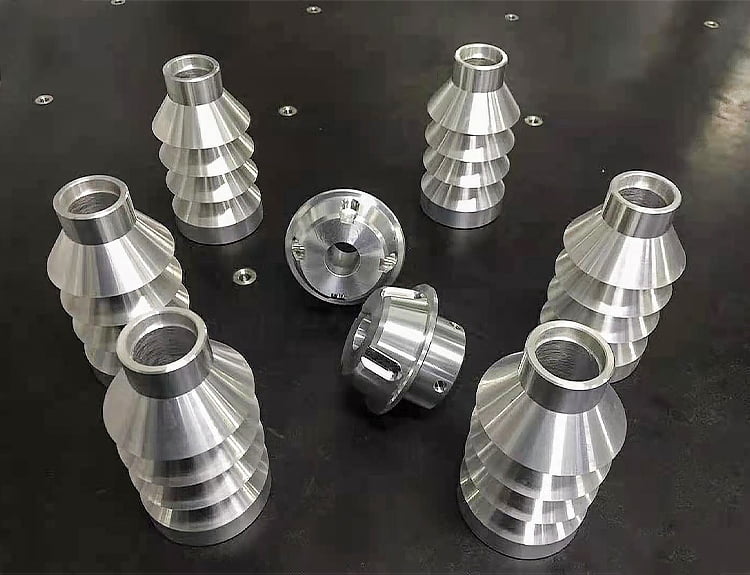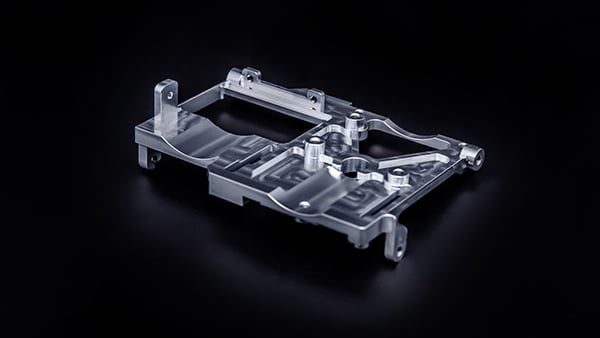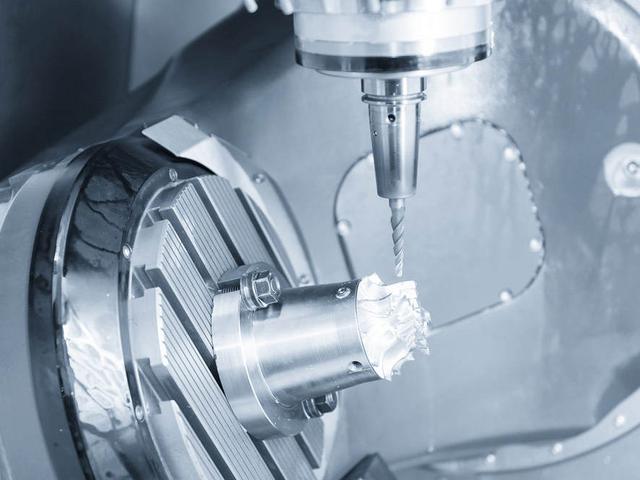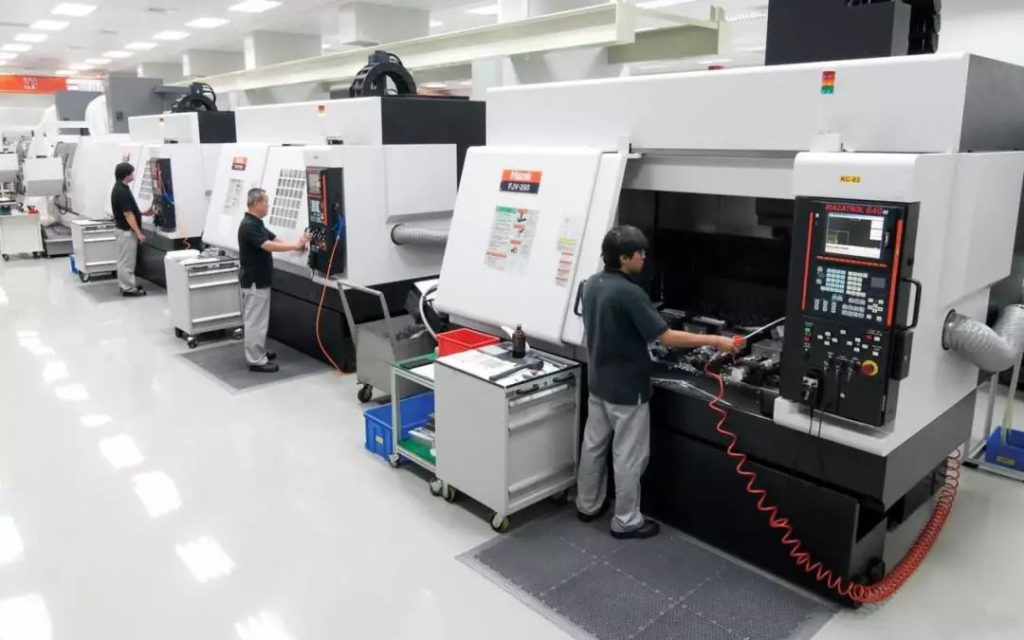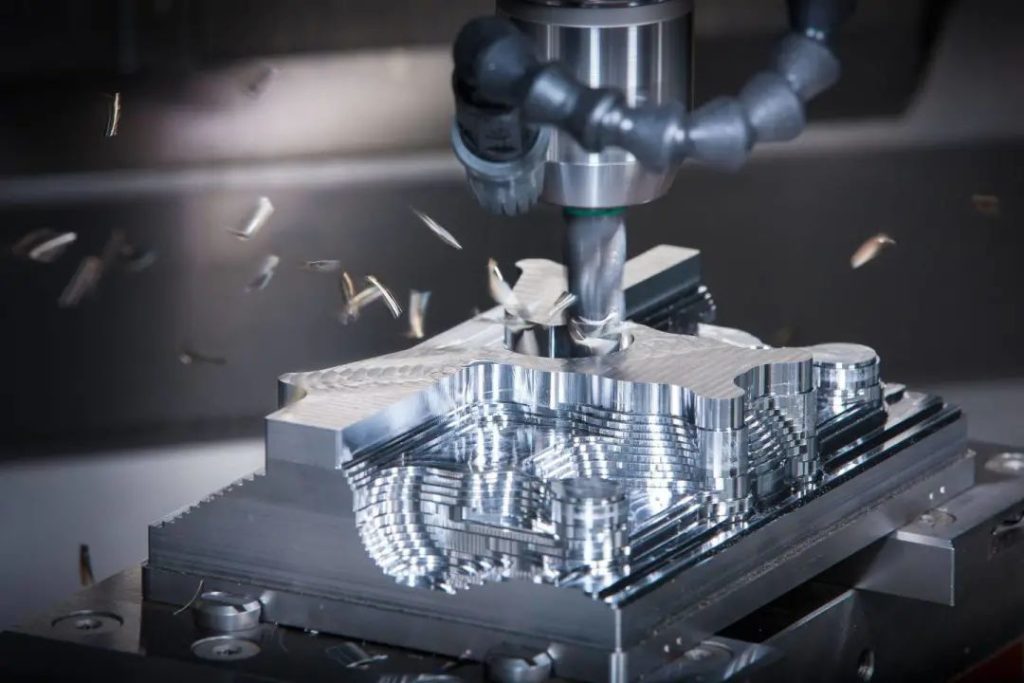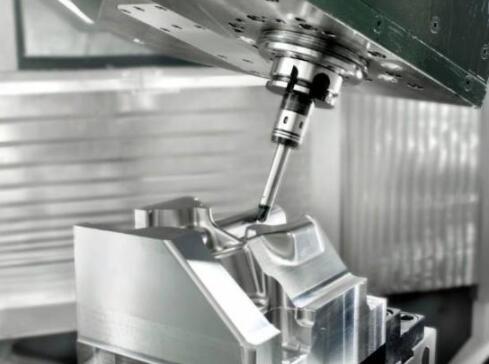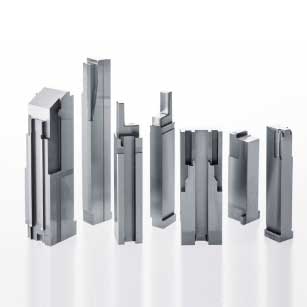Failure of a mechanical part is the failure of a mechanical part to perform its normal function under predetermined design cycles and specified conditions.
Forms of mechanical part failure include integral fracture, plastic deformation, corrosion, wear, galling, and contact fatigue.
Static strength failure
Static strength failure when mechanical parts are subjected to external loads such as tension, compression, bending, torsion, etc., the static stress in the dangerous cross-section exceeds the strength limit of mechanical parts, which will lead to fracture or damage.
For example, bolts are pulled, keys or pins are sheared or squeezed, which are such faults. In addition, when the stress used on the part exceeds the yield limit of the material, the mechanical part will produce plastic deformation. Plastic deformation will lead to precision reduction or inaccurate positioning, which will seriously affect the normal work of parts and therefore also belongs to failure.
Fatigue strength failure
Fatigue strength failure most mechanical parts work under variable stress conditions, and the effect of variable stress will lead to fatigue damage and failure of parts.
In addition, the long-term effect of contact strain stress on the surface of mechanical parts will also produce cracks or particle spalling. Fatigue damage is a failure form that gradually occurs with the extension of working time, and is an important reason for the failure of mechanical components. For example, shaft fatigue crack propagation and fracture, tooth root fatigue fracture, pitting corrosion and chain fatigue fracture under load are typical fatigue damages.
The static strength failure of mechanical parts is usually detectable and predictable, because the static force exceeds the yield limit and large deformation often occurs before fracture occurs.
Fatigue strength failure is gradually formed, but it is difficult to predict in advance, so it is more harmful
Corrosion is an electrochemical or chemical corrosion phenomenon on the metal surface, which will lead to corrosion on the surface of parts and reduce the fatigue resistance of parts.
Wear is the loss or transfer of surface material between two contact surfaces in the process of relative movement.
Gluing is due to the damage of the oil film between two relatively moving surfaces. Under high-speed and heavy-duty working conditions, when the two surfaces slide relative to each other, local adhesion occurs. The bonded part is torn and a groove is formed on the surface along the direction of relative movement, tribological failure tribological failure mainly includes corrosion, wear, sliding, adhesion and contact fatigue.
Corrosion is an electrochemical or chemical corrosion phenomenon on the metal surface, which will lead to corrosion on the surface of parts and reduce the fatigue resistance of parts. Wear is the loss or transfer of surface material between two contact surfaces in the process of relative movement. Gluing is due to the damage of the oil film between two relatively moving surfaces. Under high-speed and heavy-duty working conditions, when the two surfaces slide relative to each other, local adhesion occurs. The bonded part is torn and a groove is formed on the surface along the direction of relative movement, which is called gluing.
Contact fatigue is a phenomenon of surface crack or particle spalling caused by contact stress for a long time. Some components can work normally only when certain operating conditions are met. For example, the liquid friction of the sliding bearing protects the normal operation of the lubricating film. Otherwise, the sliding bearing will suffer from overheating, gluing, wear and other failures, which are tribological failures. Another example is that belt drive sliding and Thread Micro wear are also examples of tribological failure.
Other faults: in addition to the main faults mentioned above, there are some other faults of mechanical components Such as excessive deformation, rigidity failure, instability failure, etc. In addition, the specific failure form of mechanical parts depends on the parts, materials, working conditions of materials and materials, load states and the nature of stress generation, as well as other factors.
Even the same parts may have multiple failure modes due to different working conditions and mechanical requirements. For example, gear transmission may have faults in the form of broken teeth, wear, tooth fatigue pitting, gluing or plastic deformation.
-1-1024x640.jpg)


